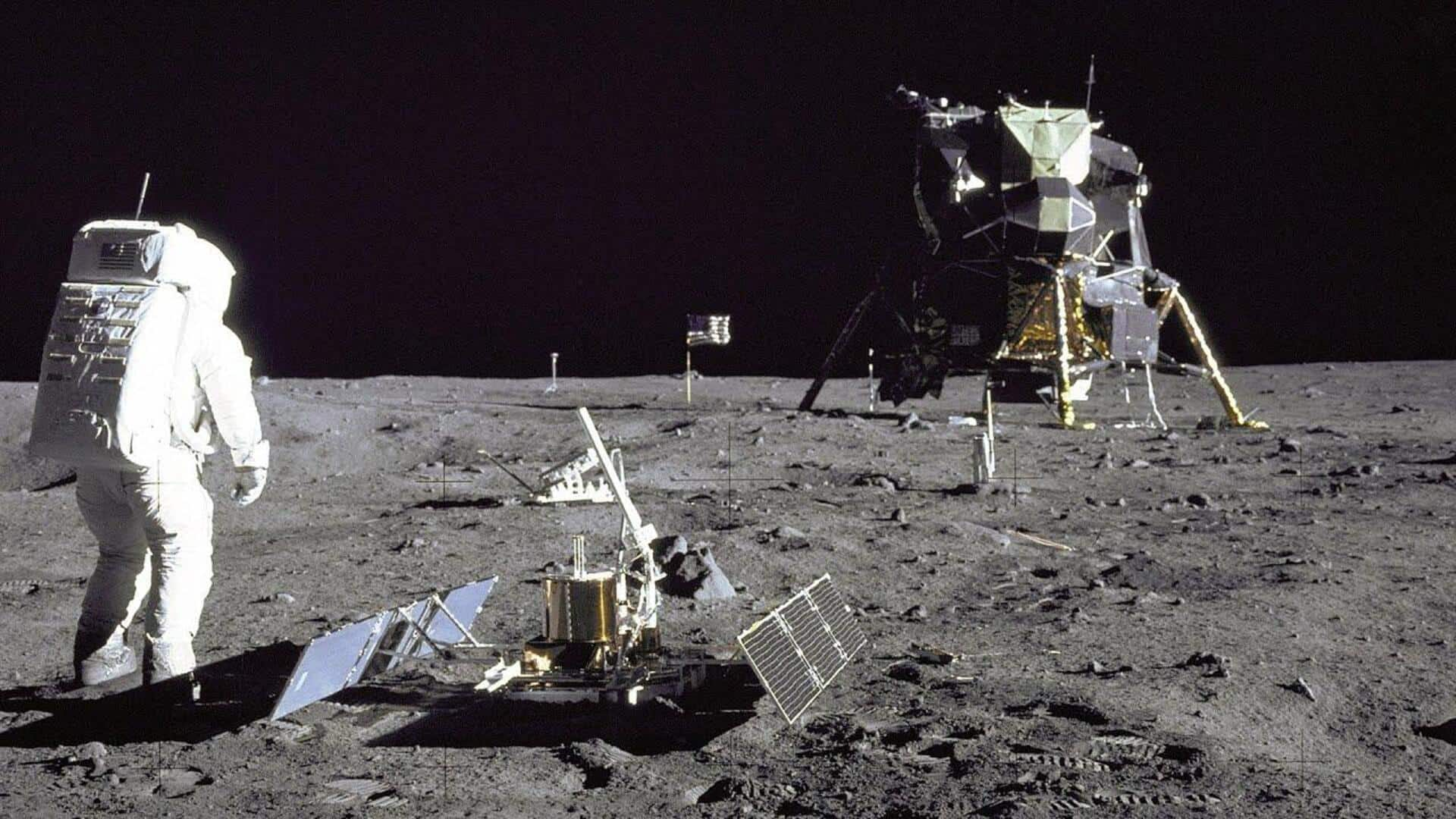
What is Europe's 'Moonlight' mission and why is it important
What's the story
The European Space Agency (ESA) has launched an ambitious initiative, the Moonlight Lunar Communications and Navigation Services (LCNS) program. The announcement was made at the International Astronautical Congress. The primary objective of this program is to support over 400 planned missions to the Moon by various space agencies and private firms in the next two decades.
Program details
Moonlight to facilitate high-speed communication, data transfer
The Moonlight program will include a constellation of five lunar satellites. These satellites will allow for precise, autonomous landings and surface mobility on the moon. They will also allow for robust communication and high-speed data transfer across the roughly 400,000km distance between Earth and the Moon. The first step toward this goal is launching Lunar Pathfinder - a precursor communications relay satellite built by Surrey Satellite Technology Ltd (SSTL), in 2026.
Program timeline
Moonlight's initial services to begin by end of 2028
The initial services of the Moonlight program are expected to start by the end of 2028. The system will be fully operational by 2030. ESA Director General Josef Aschbacher said at the Moonlight signing ceremony in Milan, "ESA is taking the crucial step in supporting the future commercial lunar market, as well as ongoing and future lunar missions."
Coverage focus
Moonlight to prioritize coverage at Moon's south pole
The Moonlight program will focus on covering the south pole of the Moon. This region is particularly interesting because of its unique lighting conditions and the possibility of water ice in permanently shadowed craters. ESA's Director of Navigation Javier Benedicto called the Moonlight agreement "the backbone of the future navigation system around and on the surface of the Moon."
Collaboration
Moonlight program involves multiple ESA directorates, countries
The Moonlight program spans multiple directorates at ESA and involves several countries, industrial, and institutional partners. Gabriele Pieralli, CEO of Telespazio, a European spaceflight services company, said his company is "committed to creating the conditions for a stable and secure presence on the Moon while simultaneously opening up extraordinary commercial opportunities for Europe in cislunar space." The program's communication capabilities will minimize the need for individual communication systems, letting customers concentrate more on astronauts and robotics involved in their missions.
International collaboration
ESA collaborates with NASA, JAXA on LunaNet
As part of the Moonlight program, ESA is also working with NASA and Japanese space agency JAXA on LunaNet. It is a framework for lunar communication and navigation standards, which would ensure compatibility with upcoming lunar infrastructures and technologies. The first interoperability tests for lunar navigation are scheduled for 2029. Beyond Moonlight, ESA plans to use technologies and experiences from this program to build the Mars Communication and Navigation Infrastructure (MARCONI) in the future.